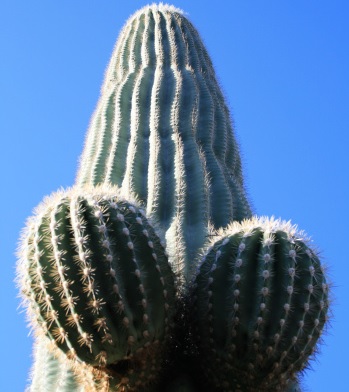freediver
Gold Member
     Offline
Offline

www.ozpolitic.com
Posts: 48833
At my desk.
|
Real voices in referendum debate gagged by grand gesture to absolve white guilt
https://www.theaustralian.com.au/inquirer/real-voices-gagged-by-grand-gesture-to-absolve-white-guilt/news-story/85ddf8ebd8fce2c2212e344c980462d6
In the lead-up to this year’s Indigenous voice to parliament referendum, you’ll hear repeatedly that Aboriginal people overwhelmingly want the voice.
I don’t believe it. I meet a lot of Aboriginal people from all over the country and I always ask them what they think of the voice. Without fail, the response I hear is they oppose it, don’t understand it, or think it will just cement the monopoly of a small minority who already advise government.
Those who claim Aboriginal people want the voice point to consultations leading up to the 2017 Uluru Statement from the Heart and the 2021 Indigenous Voice Co-design Process Report to the Australian government by Tom Calma and Marcia Langton. Both consultation processes were flawed.
The Uluru statement was endorsed at a convention attended by just 250 delegates selected from 14 community “Dialogues”. These were capped at 100 attendees with only 60 per cent of places allocated to Indigenous people. Attendance was by invitation only, which, according to the Referendum Council, was to ensure each dialogue reached a consensus. In politics the word for that is stacked. Despite being hand-picked, several delegates rejected the Uluru statement and walked out of the convention.
Consultation for the report was also flawed. It wasn’t real consultation at all because it was based on an imposed assumption the voice is the only solution to address issues in Indigenous communities (without ever articulating what these issues are). It informed people of the voice as a fait accompli and they had little opportunity to suggest alternatives.
The co-design group interacted with about 9400 people over four months, of which only 5400 actually met with them. We’ve no idea how many were Indigenous. But even if all were, that’s a little over 1 per cent of the adult Indigenous population. In research practice a good sample is more like 10 per cent, less for very large numbers, but never as low as that.
Astonishingly, about 90 per cent of submissions to the co-design group and 80 per cent of surveys came from non-Indigenous Australians. In these submissions, support for a voice was especially strong. This raises the question – are we seeking to improve Aboriginal lives or absolve white guilt with grand gestures?
The report itself admits community consultation sessions found some participants weren’t supportive of a national voice because it would centralise power away from local communities or the breadth of issues would be too diverse for a single national body. These are very astute observations of how the voice will cut across existing communication channels between Aboriginal people and government and create deep structural problems. The report’s response to such concerns is a meaningless word salad, referring to “an expectation that members of a national voice would consider how essential policy matters affected all Aboriginal and Torres Strait Islander people at the national level as well as linking into local and regional voices”. Good grief.
The consultation process gave no meaningful opportunities for feedback on the voice itself. Some Aboriginal organisations made subsequent submissions covering broader concerns they couldn’t raise in consultation. These concerns are very telling. They don’t suggest overwhelming support and uniform consensus at all. But they do contain repeated warnings from local traditional owner groups of the difficulties of being incorporated with other groups at the “local and regional” level when they aren’t the same people.
The Central Land Council’s submission referred to a lack of full transparency and accountability in the consultation process, calling for an independent observer to assess whether it was fair, open, and transparent and providing full and equitable opportunities to participate, be heard and listened to.
The Ngaanyatjarra Council is the principal representative body for traditional owners in an area the size of the UK in the tri-state region of South Australia, Western Australia and the Northern Territory. Its submission indicates it wants direct communication with the four governments it needs to deal with, not bundled with other non-representative organisations that have emerged in its community. It is concerned the proposed model of 25 to 35 Indigenous groups may in fact silence the voices of the Ngaanyatjara people.
The La Perouse Aboriginal Community Alliance is a network of local service providers collaborating in engagement with governments in the La Perouse Aboriginal Land Council, an area now recognised as a discrete Aboriginal community with unbroken links to early Sydney.
Its submission also voices concern about local and regional “voices” including Aboriginal people who’ve migrated from other areas. It warns a failure to set clear boundaries on who can speak for country will create further friction between local service delivery organisations and traditional owners, benefiting none. Aboriginal people aren’t the same. No Aboriginal person can easily speak for another country or other people, only their own.
|

 Forum
Forum

 Home
Home 

 Album
Album 

 Help
Help

 Search
Search

 Recent
Recent 

 Rules
Rules 

 Login
Login

 Register
Register





 Pages: 1
Pages: 1 

